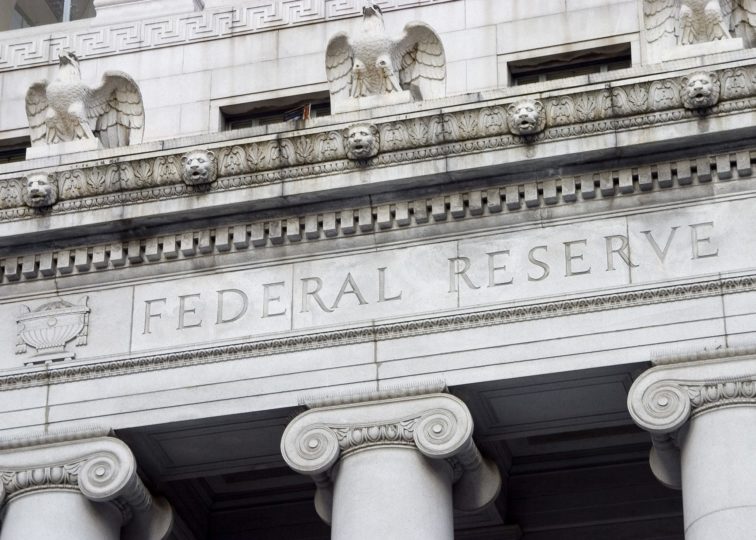
Blog
The Fed Left Rates Unchanged. What Does That Mean for Consumers?
March 20, 2024
The Federal Reserve’s fight against inflation has hit something of a speed bump, Though down substantially from its most recent peak in July 2022, inflation has proven to be “sticky” in recent months.
The consumer price index (CPI) showed that prices were up 3.2% from a year earlier in February, higher than expected and still well above the Fed’s 2% inflation target.
This has kept Fed policymakers in a “wait and see” position and dashed the hopes of many investors that rates would start coming down in spring.
At a meeting this week, the Fed left its key interest rate unchanged at the level it has been since July. Fed policymakers’ projections still show that they intend to make three cuts this year, but their projections for where rates will be at the end of 2025 and 2026 have increased since their meeting at the beginning of the year.
For consumers, this means that interest rates will continue to be at the highest level in decades for a while longer. The Fed does not directly set consumer interest rates. Instead, they set the federal funds rate, which is the overnight rate at which banks can borrow from other banks. This rate has a direct impact on consumer interest rates, albeit with some lag and intermediary mechanisms.
The federal funds rate directly influences the prime rate, which is the interest rate that banks charge their most creditworthy customers. Banks often set their prime rates based on the federal funds rate, typically maintaining it a few percentage points above the federal funds rate. Therefore, when the Fed raises or lowers the federal funds rate, banks adjust their prime rates accordingly. Credit card interest rates are often tied to the prime rate, so they tend to move in tandem with changes in the federal funds rate. Lower interest rates will be welcome news for credit card borrowers, as rates have plateaued above 20% since the Fed last raised rates.
Changes in the federal funds rate can also affect mortgage rates, albeit indirectly. Mortgage rates track the 10-year Treasury rate, which is determined by factors such as investor demand for bonds and economic expectations. This means that mortgage rates tend to move in advance of the Fed. Mortgage rates peaked above 8% late last year, but have retreated to a level of around 6.5% in recent weeks. With the expectations that the Fed will be cutting rates, industry analysts expect mortgage rates to continue falling throughout the year.
While the Fed’s actions make borrowing more expensive, the silver lining is that savers are benefitting from higher interest rates. Yields on savings accounts tend to be slow to rise and quick to fall as the Fed manipulates the federal funds rate. Consumers can take advantage of high-yield savings accounts that offer rates above 5%, but the national average is a much more anemic 0.6% over the past two months. Still, that is more than double the 0.23% offered a year ago and higher than they will likely be after the Fed begins cutting rates.
